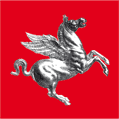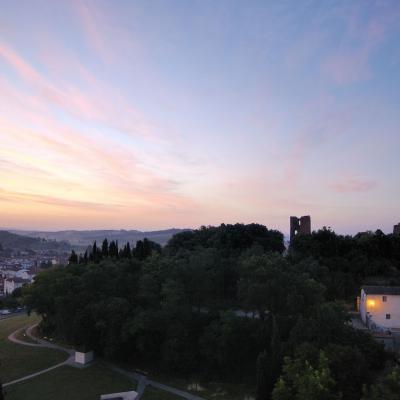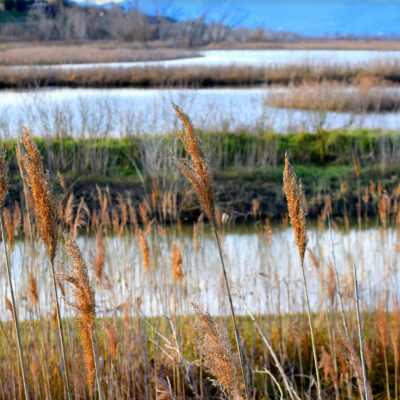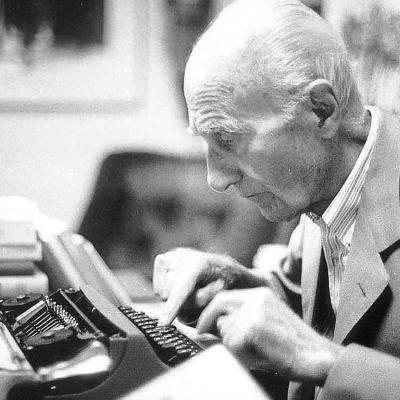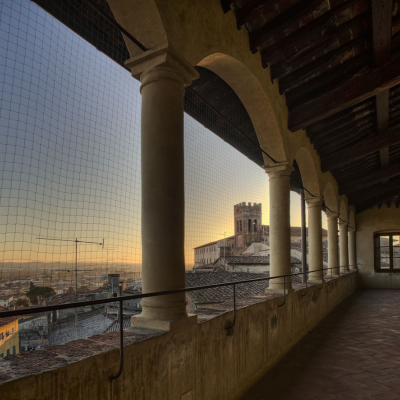Since the Middle Ages, a bridge near Cappiano has been written about, when the Via Francigena passed the Gusciana canal, emissary of the Padule of Fucecchio. It was a fortified bridge with attached fisheries and a mill, used in the early 1400s by the Republic of Florence as a lock to regulate the runoff of the waters of the Padule.
In 1550 Cosimo I had the Bridge rebuilt and the annexes by important workers, which also included David Fortini and Nicolò Pericoli called the Tribolo. The result was a monument of great complexity: in addition to a fortified bridge with two towers there were also two openings, called 'calle',' used to regulate the water level for fishing and the passage of ships. The bridge also became a water-exploitation machine as a driving force for several manufacturers and eventually the administrative centre of a farm that was established during the 1500s.
Due to the extensive damage suffered during the war, the bridge had long been hidden by scaffolding used to ensure its stability. On the occasion of the Jubilee of 2000, thanks to the funding obtained by the municipality, in just 16 months of work the Bridge was returned to its former glory. The property is now used as a hostel.
